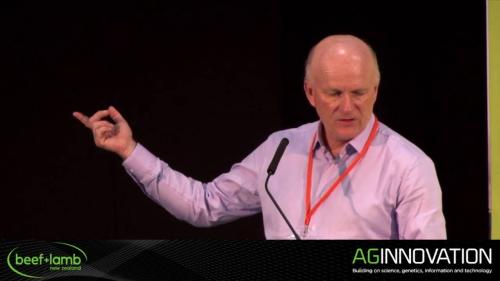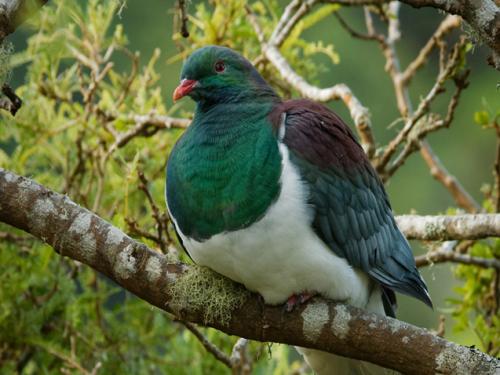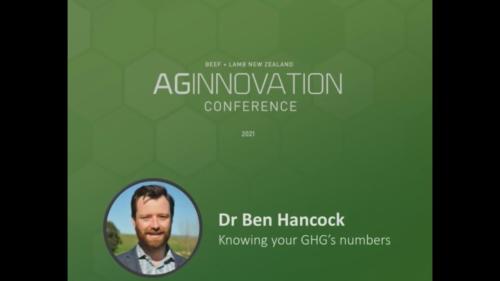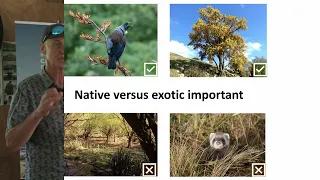Search results
Displaying 131 - 140 results of 805
- Editable PDF… demands market increasingly access markets shelves pockets affected responses climate action impact … committed ensuring continue have access markets retailers consumers responding …
- Resource book… profitable sheep beef industry sustainable meets regional environmental priorities farming … overseer has ability generate nutrient budgets many types farm system sheep beef dairy … after completion lep overseer nutrient budgets year one aspiring burke stations were also …
- PodcastOn this podcast we talk with Kirsti Lovie, Future Farms Insight Manager at B+LNZ and Alastair Taylor, Business Development Manager for Overseer Ltd, about how the model has grown from its early use …
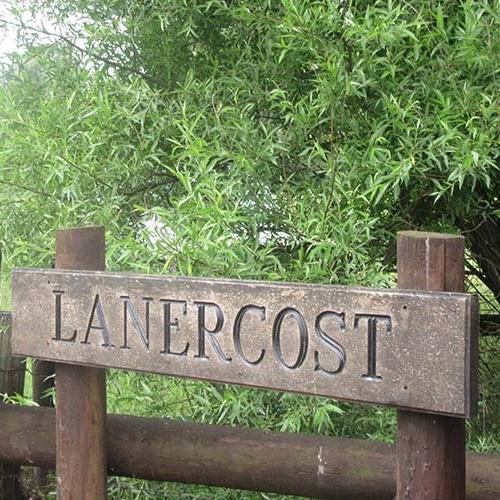
- VideoProfessor Ian Yule, of Massey University, talking at Beef + Lamb New Zealand's AgInnovation 2016 conference about Hyperspectral Imaging Technology and its use in …
- Resource book… receive 12 fungicides per season sugar beet gets harvested new zealands march equivalent … crop survives second year bolters weedbeetsespecially those grow from bulbs parts left … new fodder beet transitioning may require beets smashedchopped get individuals try them …
- … commission commissions role recommend targets meet climate goals argue conflict interest … waka eke noa partners any price setting targets should sciencebased political pricesetting … leakage way prevent happening getting targets price sequestration incentives other …
- VideoConsultations close on 14 March. Find out more Please check out the B+LNZ website for information about the consultation. Download Roadshow workshop presentation slideshow (PDF, …
- VideoAs part of New Zealand’s commitment to climate change and through the He Waka Eke Noa primary sector climate action partnership, all farmers are required to know their on-farm greenhouse gas emission …
- VideoThis is part of a video series created by a collaboration between Beef + Lamb New Zealand, Otago Catchment Community Inc, New Zealand Landcare Trust, with a special thanks to our host farmers, host …
- News… must reduce its reliance on forestry offsets, in particular from pinus radiata,” says … to change the NZ Emissions Trading Scheme (ETS) to manage afforestation, which is … with the Government as it finalises the budgets and develops its emissions reduction plan …

